Humans and Machines both Need Testing before they Can Work Together in Groups!
Just as the Medical Profession currently struggles with the testing difficulties of determining the presence of a COVID-19 infection or antibodies to determine the presence of this serious condition before people can resume their normal social lives, Electronic Engineers must struggle to locate and eliminate RFI (Radio Frequency Interference) and EMI (ElectroMagnetic Interference) which can impede their new components from working smoothly with other system components before they can safely bring them together as a team.
EMI, has been defined as undesired conducted or radiated electrical disturbances from an electrical or electronic apparatus, including transients, which can interfere with the operation of other electrical or electronic apparatus. Another way of looking at EMI and RFI is that the presence of interference means that the system, when it contains two components that interfere with each other, can’t work to the best of its planned ability because the devices aren’t compatible with each other. At that time, there needs to be testing done to find out which component is causing the interference and then design changes to mitigate, or reduce the severity of the interference in order to make the system components compatible with each other. Compatibility meaning that the two components can “live and let live” with each component functioning its best in the presence of the other, also functioning together as a team, making the system better.
The RFI/EMI testing procedure involves two types of testing:
- Emissions Testing– This involves putting the Device Under Testing (DUT) into an enclosure that is shielded from all types of background electronic “noise” with an antenna and hooking the DUT to a clean (free of interference) filtered power source and operating the DUT, with the antenna carefully “listening” for any RFI/EMI that might be emitted by the DUT when operating in normal use.
- Susceptibility Testing– This involves exposing the DUT to a range of frequencies of RFI/EMI while it is running in normal use, and seeing if the DUT is susceptible to any of these wavelengths, performing under its established standards.
After the device has been tested for emission of RF/EMI and susceptibility to RF/EMI, it is up to the engineers to figure out how to mitigate any problems so the device runs correctly and also doesn’t emit any interference that will affect components that will be close enough to the DUT to affect their function. These changes are usually made by using shielding materials that block the passage of the interference to or from the device, or an engineering work around to stop the undesired emissions.
Many companies do their own pre-compliance testing to avoid the costs of transportation and testing at a remote testing site. V Technical Textiles, Inc. can help you with purchasing the portable RF/EMI testing enclosure that will facilitate in-house testing if you are interested in doing your own testing. Our conductive textiles can be used to fabricate a portable RF shielded enclosure that will suit your needs for size, shielding range, and optional equipment. We have standard sizes, but most of our enclosures are custom designed and fabricated to meet our customer’s unique testing needs. Our portable testing enclosures are much less expensive than the legacy brick and mortar testing rooms, and have the added benefit of being able to be disassembled and stored when testing is not taking place, giving more available space in your building when they are not in use.
V Technical Textiles, Inc.
www.vtechtextiles.com
info@vtechtextiles.com
(315)-597-1674 PHONE
(315)-597-6687 FAX
Enclosure With Antenna Tabletop Cube Large Enclosure with Foyer
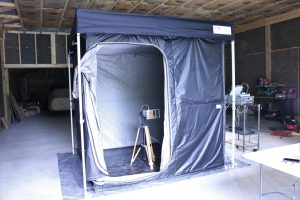
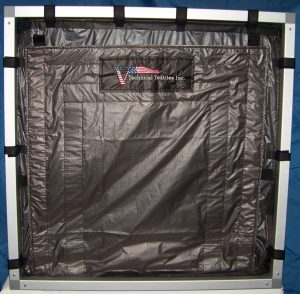
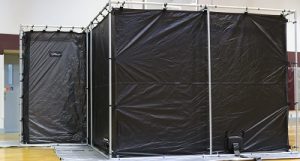


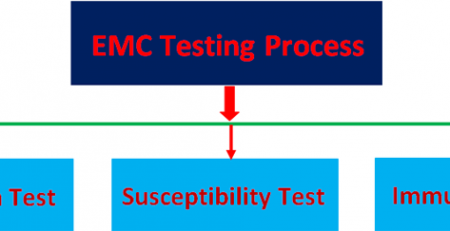

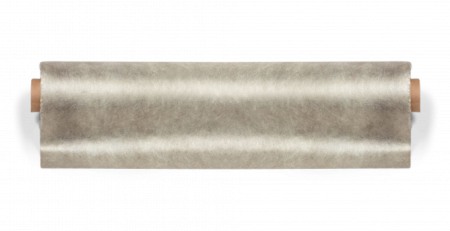
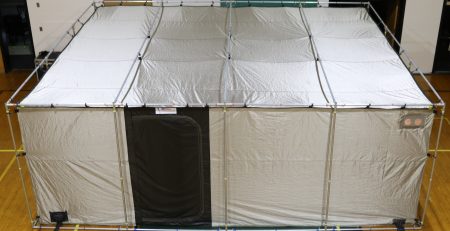
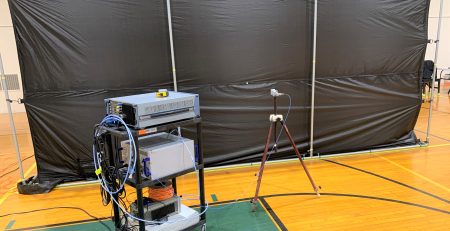

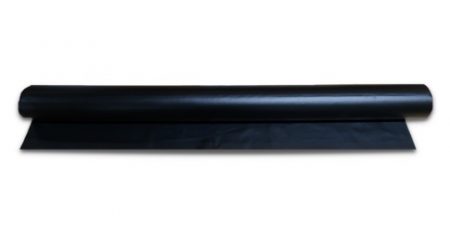
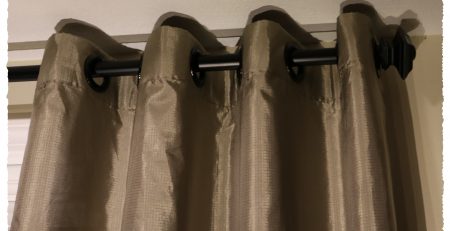
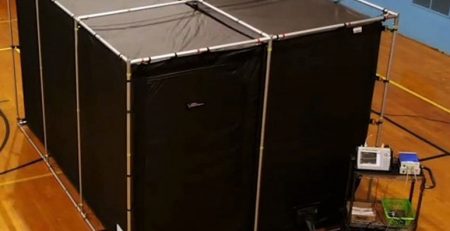


Leave a Reply